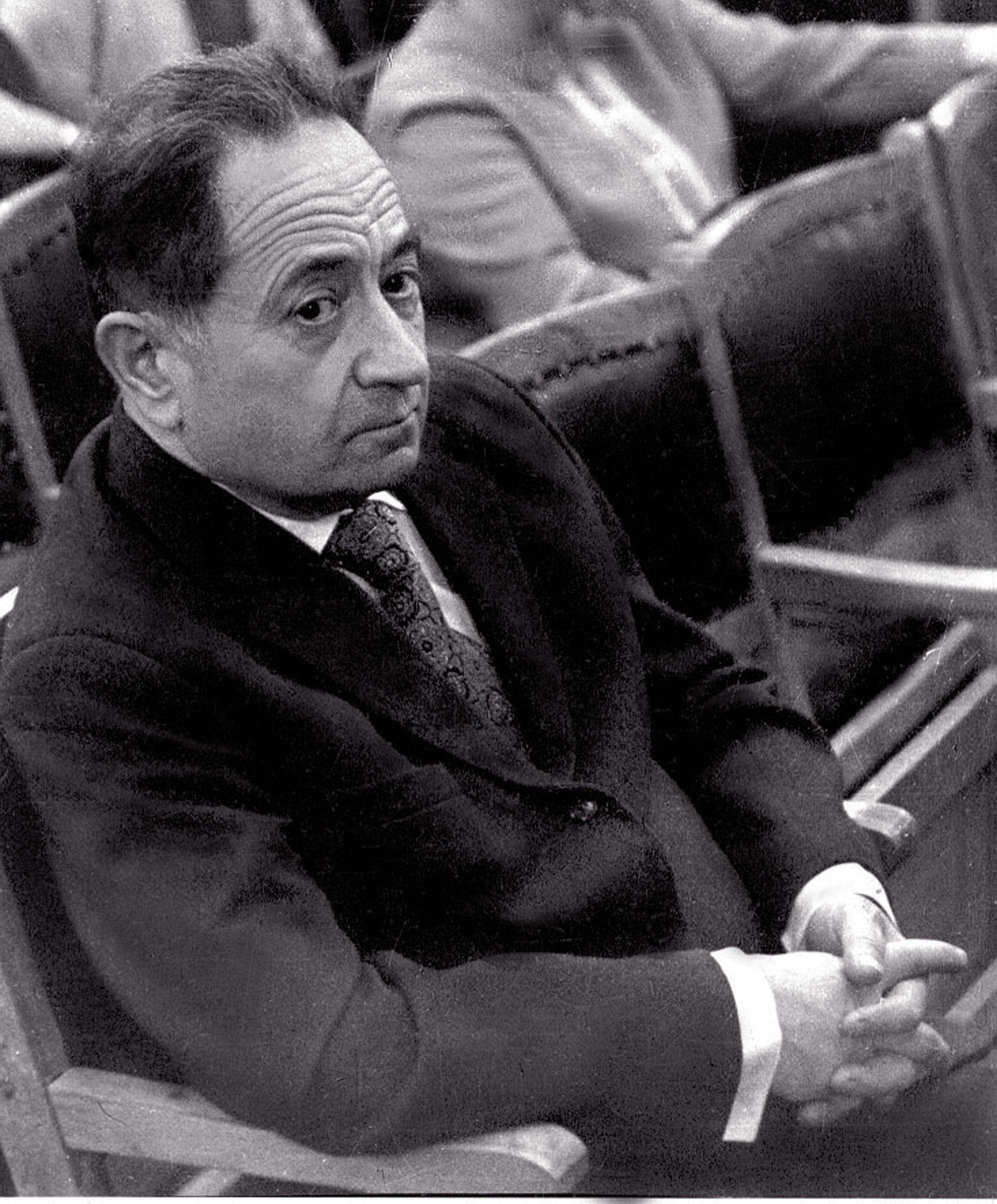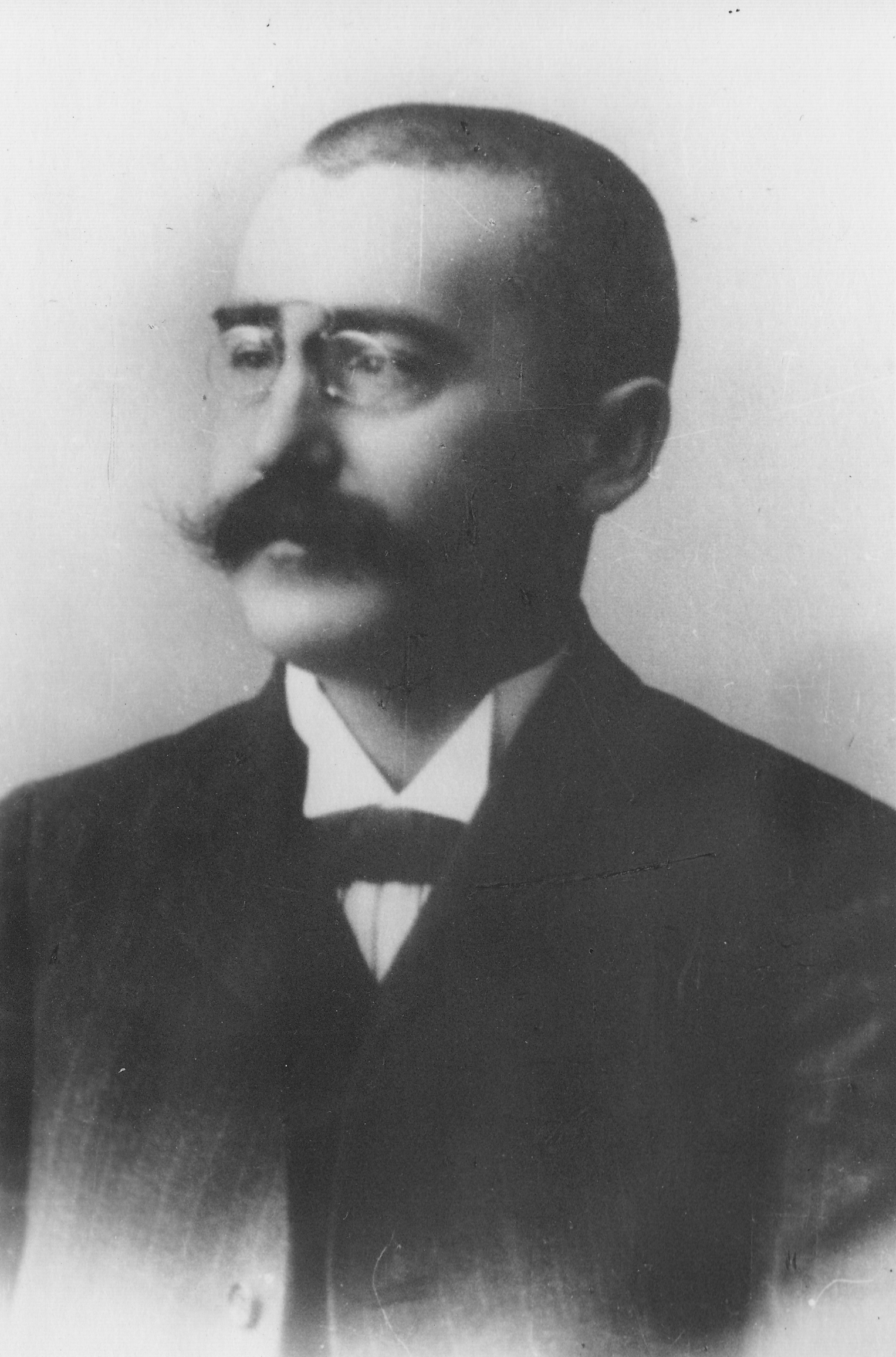– Dmytro or Dmitri [Клебанов, Дмитро], b 25 July 1907 in Kharkiv, d 6 June 1987 in Kharkiv. Composer, violinist, conductor, and educator. A violinist child prodigy (although he did not hail from a musical family), Klebanov was the youngest student in his class when he enrolled at the Kharkiv Music and Drama Institute in 1923. He studied composition there under Semen Bohatyrov and graduated in 1926. After his graduation he played for a year as a violinist with the Leningrad Opera Orchestra. On his return to Kharkiv, Klebanov studied conducting under Herman Adler and, during the mid-1930s, conducted the Kharkiv Radio Orchestra. He was appointed lecturer at the Kharkiv Music and Drama Institute in 1936. Klebanov’s notable early compositions include ballets Lelechnia (Little Storks, 1937) and Svitlana (1939), as well as a violin concerto (1940). During the Second World War, he was evacuated to Tashkent, Uzbek SSR, from where he returned to Ukraine in late 1943, first settling in Kyiv and then (in 1945) in Kharkiv.
Initially appointed head of the Kharkiv branch of the Union of Composers of Ukraine and dean of the Composition Department of the Kharkiv Music and Drama Institute, Klebanov fell into disfavour with the authorities in 1947 when his Symphony No. 1 dedicated to the victims of the Babyn Yar massacre was sharply criticized by the official Communist Party critics. Klebanov was labelled ‘a rootles cosmopolitan’ (a reference to his Jewish roots) while at the same time being called ‘a Ukrainian bourgeois nationalist’ for such works as his String Quartet No. 4 (1946) dedicated to the memory of Mykola Leontovych. Klebanov was dismissed from his posts and lived in obscurity until 1960 when, during Nikita Khrushchev’s ‘thaw,’ he was appointed professor at Kharkiv Conservatory and later at the Kharkiv Institute of Arts (1963–73). Among his most famous students were Vitalii Hubarenko and Valentyn Bibik. Klebanov’s compositions include operas, such as Red Cossacks (1972), two ballets, nine symphonies, suites for symphony and chamber orchestras, including the Ukrainian Suite (1949), concertos for violin, cello, flute, and harp, chamber music, film music, and cycles of art songs and other vocal compositions to the poetry of Taras Shevchenko, Heinrich Heine, Aleksandr Pushkin, and others.
Marko Robert Stech /
https://www.encyclopediaofukraine.com/display.asp?linkpath=pages/K/L/KlebanovDmytro.htm
















